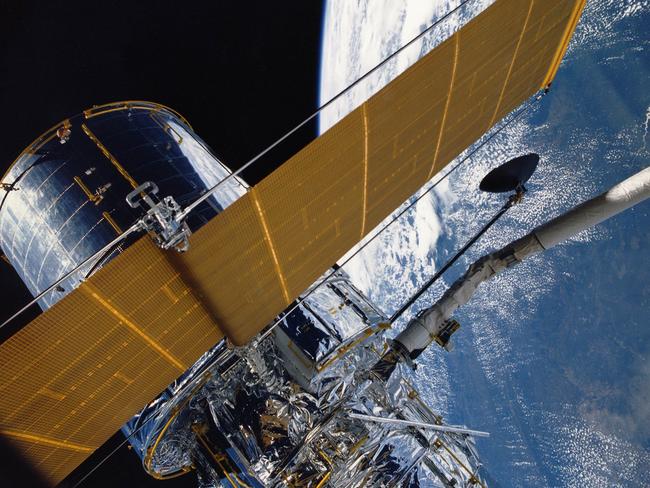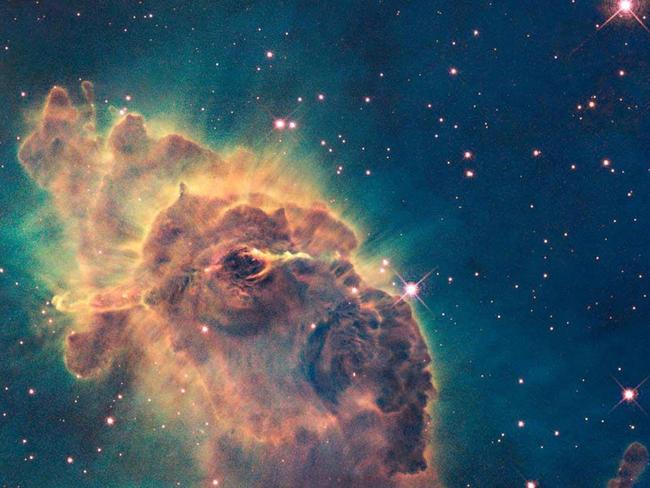Einstein’s theory confirmed as scientists measure the mass of a distant star
A STAR measuring theory put forward by the physicist has been successfully tested, opening a new window to understanding the history and evolution of galaxies.

ALBERT Einstein continues to demonstrate his brilliance from beyond the grave.
The man has had a good run of victories lately. In February 2016, physicists detected ripples in the fabric of space known as gravitational waves caused by black holes. It was hailed as possibly the biggest breakthrough in physics in a century and confirmed Einstein’s famous theory of General Relativity.
Then just a few months later Einstein’s so called “biggest blunder” turned out to likely be correct after scientists created a 3D map of 1.2 million galaxies that helped show that dark energy is consistent with the cosmological constant used the describe the static universe. The idea was first proposed by Albert Einstein in 1917 as an addition to his theory of general relativity.
Now, it’s a theory about a phenomenon dubbed “gravitational microlensing” that the German-born theoretical physicist seems to have gotten right.
Gravitational microlensing is all to do with measuring the mass of a star. Einstein thought you could measure the mass of a star by looking at the way its light bends when an object passes in front of it.
He thought it would never be possible for us to witness the phenomenon with stars other than our sun but thanks to NASA’s Hubble Telescope, we’ve been able to observe it. And once again, his theory of general relativity holds its own.
In a 1936 article in the journal Science, he wrote that because stars are so far apart “there is no hope of observing this phenomenon directly.” Of course, Einstein could not have predicted the Hubble Space Telescope would be launched in 1990, giving us unprecedented views of faraway stars and planets.
For the first time astronomers have glimpsed a distant star’s light bending and used Einstein’s ideas to calculate its mass, said a report published overnight in the journal Science.

“Einstein would be proud. One of his key predictions has passed a very rigorous observational test,” wrote Terry Oswalt of Embry-Riddle Aeronautical University, in an accompanying article in Science.
Gravitational microlensing was seen in 1919, when starlight curved around a total eclipse of the sun.
At the time, the discovery offered some of the first convincing proof for Einstein’s theory of general relativity — a law of physics that describes gravity as a geometric function of both space and time.
“When a star in the foreground passes exactly between us and a background star, gravitational microlensing results in a perfectly circular ring of light — a so-called ‘Einstein ring,’” Mr Oswalt said.

Scientists focused on a distant star as its light was deflected around a nearby white dwarf star called Stein 2051 B.
A white dwarf is the remnant of a star that has completed its hydrogen-burning life cycle, and is a fossil of the prior generations of stars in our galaxy.
Stein 2051 B is the sixth-closest white dwarf star to the sun, and researchers discovered it has a mass about two-thirds that of the sun.
The deflection of the background star’s light is directly related to the mass and gravity of the white dwarf.
Mr Oswalt said the finding is important because it “provides a new tool for determining the masses of objects we can’t easily measure by other means,” and opens a new window to understanding “the history and evolution of galaxies such as our own.”
- With AFP




